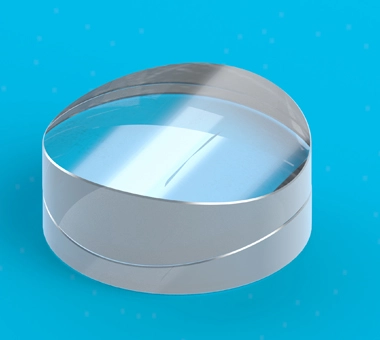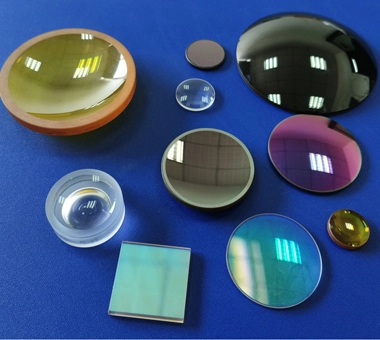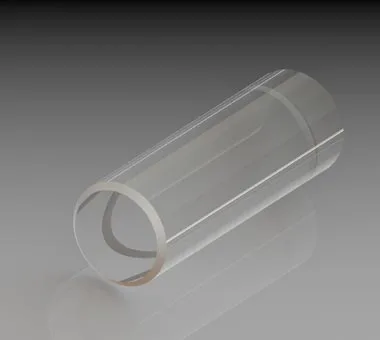
Call Us
86-755-82924037
Call Us
86-755-82924037
The world of medical inspection has been revolutionized by the advancements in optical technology. Optical lenses are at the core of this revolution, providing enhanced imaging capabilities that allow for more precise and accurate medical diagnostics and examinations. The application of optical lenses in medical inspection spans a wide array of instruments, from microscopes used in pathology to the intricate lenses found in ophthalmology clinics. This article explores the various ways in which optical lenses are employed in the medical field to facilitate detailed inspections and improve patient outcomes.
One of the most critical applications of optical lenses such as the achromatic triplet in medical inspection is in diagnostic imaging equipment. Devices such as CT scanners, MRI machines, and X-ray machines rely on optical lenses to capture high-resolution images of the human body's interior. These images allow healthcare professionals to detect and diagnose a wide range of conditions, from bone fractures to tumors, with a level of detail that was previously unattainable. The precision of optical dome lens ensures that these images are clear and accurate, providing a reliable basis for diagnosis and treatment planning.
In the field of pathology, optical lenses play a pivotal role in the microscopic examination of tissue samples. High-quality lenses are essential for achieving the magnification levels required to observe cellular details and identify pathological changes. This microscopic analysis is fundamental in diagnosing diseases such as cancer, where the early detection of abnormal cells can significantly impact the patient's prognosis. By enabling pathologists to conduct thorough examinations at a microscopic level, optical lenses contribute directly to the advancement of diagnostic medicine.
Ophthalmology is another area where optical lenses have a profound impact. From routine eye exams to complex surgical procedures, optical lenses are indispensable tools for eye care professionals. Specialized lenses are used in devices like slit lamps and fundus cameras to inspect the eye's interior structures, detecting conditions such as glaucoma, macular degeneration, and diabetic retinopathy. Additionally, the precise design of contact lenses and eyeglasses relies on sophisticated optical calculations to correct a wide range of vision impairments, enhancing the quality of life for millions of individuals worldwide.
Endoscopy is a medical inspection technique that has benefited greatly from optical lens technology. Endoscopes, equipped with miniature cameras and optical lenses, allow for the visualization of the body's internal cavities without invasive surgical procedures. This minimally invasive approach reduces patient recovery times and risks associated with traditional surgery. Optical lenses in endoscopes provide high-definition images of the digestive tract, respiratory system, and other areas, aiding in the diagnosis and treatment of various conditions.
The applications of optical lenses in medical inspection are as diverse as they are vital to modern healthcare. From improving diagnostic imaging to enabling precise microscopic examinations and enhancing ophthalmological assessments, optical lenses such as the negative achromatic lens have transformed the landscape of medical inspection. As technology continues to advance, the role of optical lenses in the medical field is set to expand, promising even greater improvements in diagnostic capabilities and patient care. This ever-evolving synergy between optical technology and medical science underscores the importance of continuing innovation and development in this crucial area.


Bldg. A Baolong Industrial Zone #491 Dalang South Rd. Longhua District Shenzhen China
Copyright © Shenzhen Solar Valley Scitech Development Co., Ltd. All Rights Reserved.
